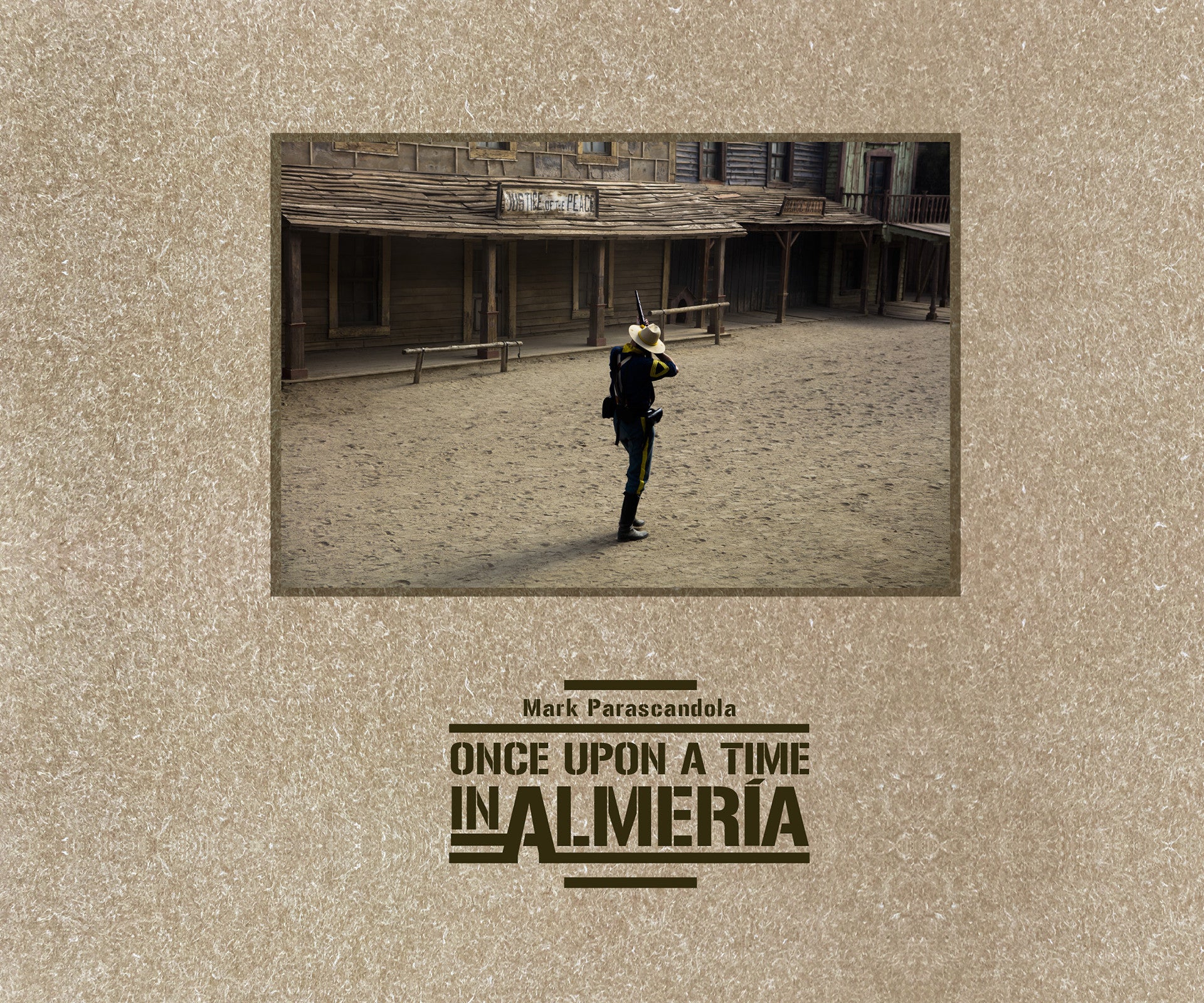
Gunfight,
Mini Hollywood

Almería Western Film Festival 2016, Tabernas

Entrance,
Fort Bravo/Texas Hollywood

Ruins of the El Condor Fort, Tabernas

Justice of the Peace,
Fort Bravo/Texas Hollywood

View from the Alcazaba, La Chanca, Almería

Oasis, Rambla Viciana, Tabernas

Girl and Cowboy,
Fort Bravo/Texas Hollywood

Wanted,
Mini Hollywood

Cortijo del Fraile, Níjar













